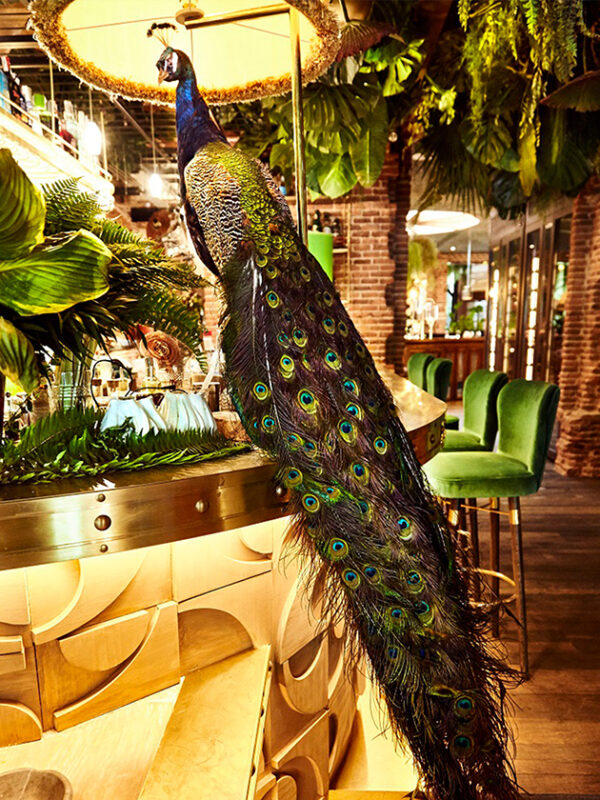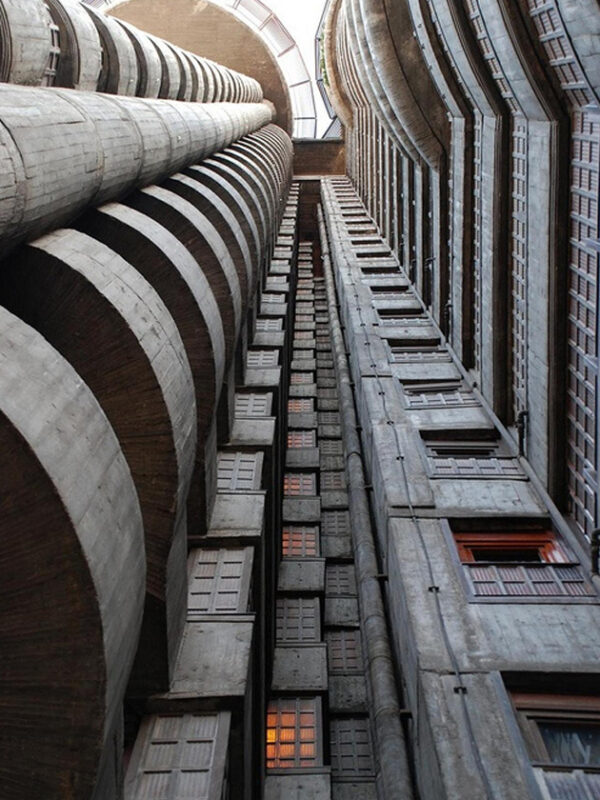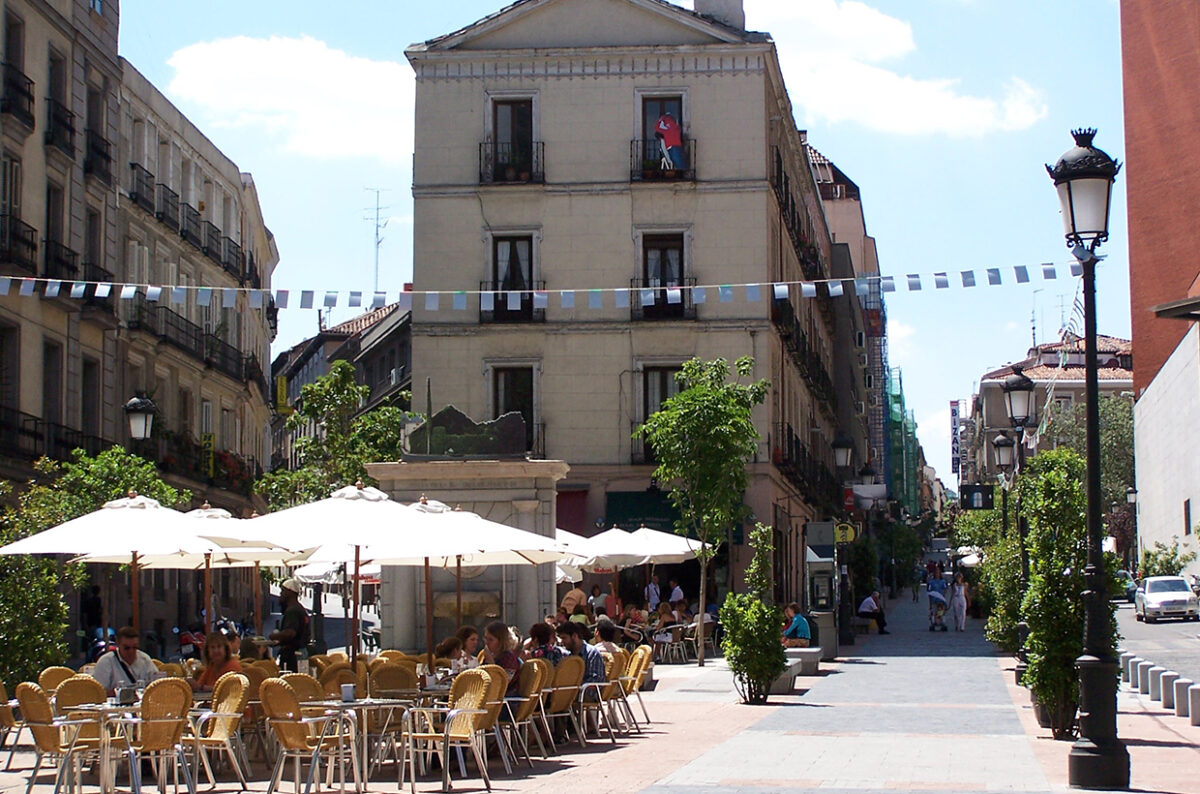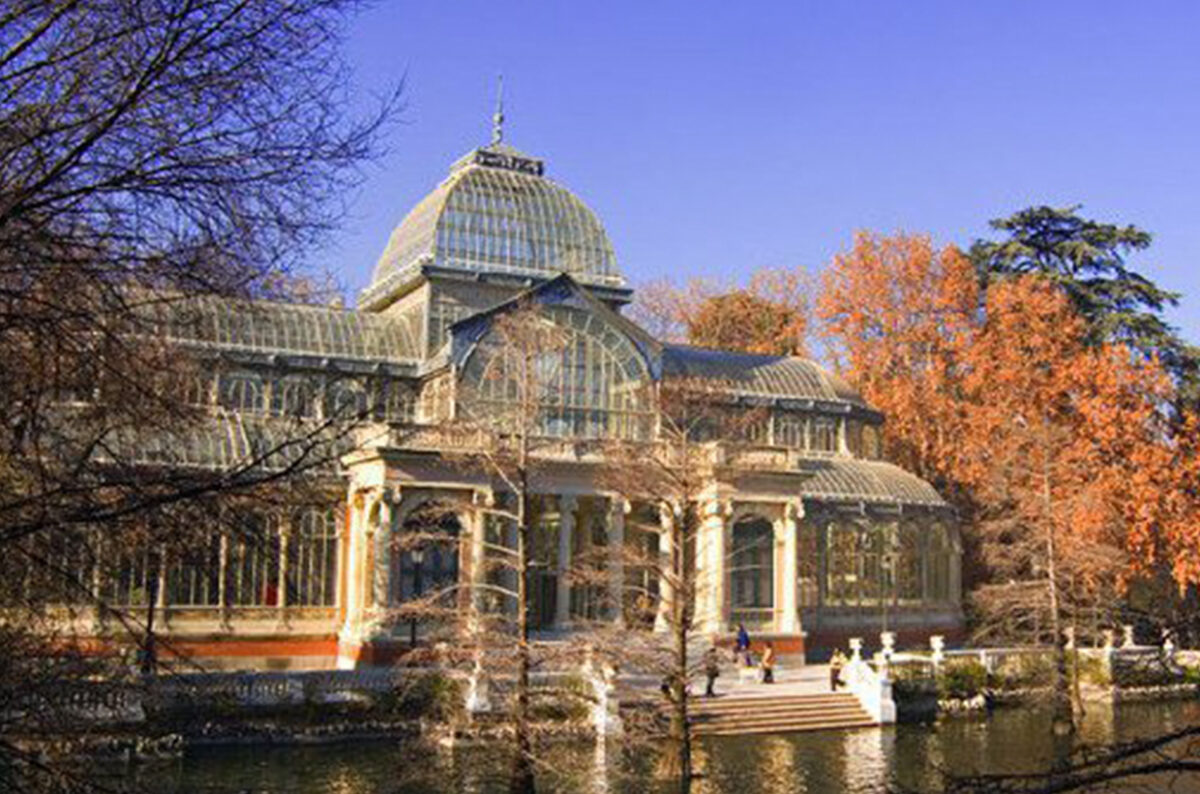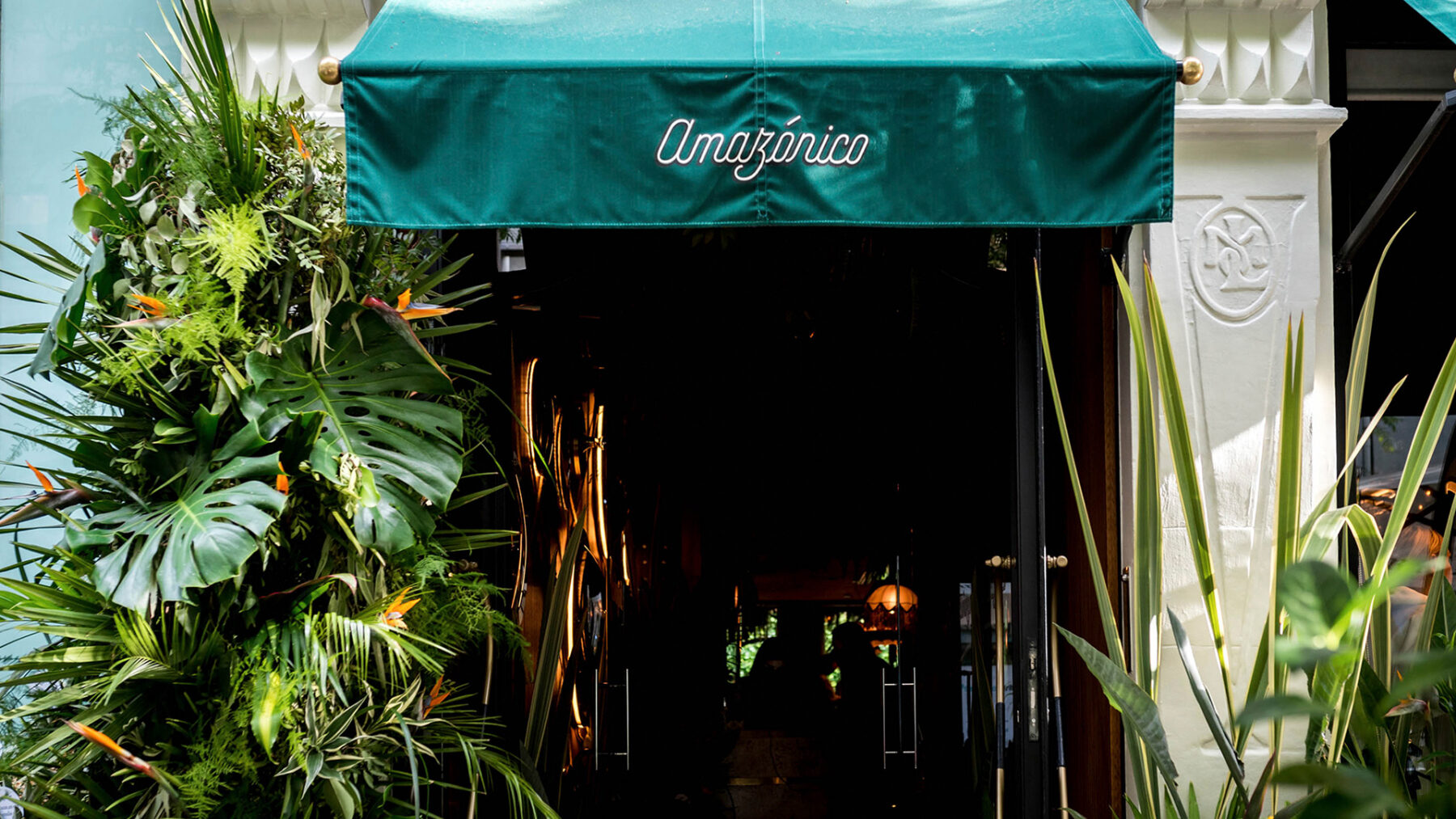Dynamic Madrid by Merle Wilkening | 2nd September, 2022 | Playground
The Spanish capital is cosmopolitan, rich
in contrasts and increasingly green. The sense for cultural enjoyment is also very much alive – far into the night! A reason to visit soon.
Around 3.3 million people live in Madrid, making it one of Europe’s most populous cities. Madrid’s history dates back to the 9th century, and the city was ruled by Muslims until 1095. It has been the capital of Spain, the seat of government and home to the royal family since 1561 – apart from a period of five years – although today the Palacio Real is an official residence rather than a royal home. The architecture around the city stems from various different epochs. You’ll find narrow, winding streets, opulent palaces and historical monuments as well as modern high-rise buildings in the business district. On the east side of Plaza Mayor, the famous column-lined central square in the heart of the old town, Paseo del Arte avenue leads straight to the cultural heart of the city. Three world-class museums are located here just a few hundred meters from each other: the Prado, which houses Spanish master- pieces by Velázquez, Goya and El Greco; the Thyssen-Bornemisza National Museum across from it and the Reina Sofía, where visitors can admire Picasso’s iconic “Guernica.”
Madrid has positioned itself as a highly attractive real estate market, not only for Spanish buyers but for international ones too, primarily from France but increasingly from Mexico and Argentina. Demand for real estate in this densely populated city far outweighs supply, and compared with last year, Madrid has seen the highest price increases anywhere in Spain – with the exception of the Balearic Islands. In 2021, average prices for highly coveted locations such as the Salamanca district, where the traditional Recoletos, Goya and Lista neighborhoods are located, reached 6,100 euros per square meter.
Here in the Spanish capital, people are out on the streets until far into the night. And
like everywhere else in Spain, they don’t eat dinner until after 9 pm. The San Miguel market hall features traditional food such as tapas and paella, whereas the Fayer Madrid restaurant specializes in modern Israeli cuisine. The Botín, which opened in 1725, is listed in the Guinness book of records as the oldest restaurant in the world. Madrilenians escape the urban hustle and bustle in Buen Retiro park; last year, along with magnificent Paseo del Prado boulevard, this green oasis was declared a UNESCO World Heritage site. On hot days, people also flock to Madrid Río park to cool off.
Before 2011, traffic still thundered along the ring road here, but in a prime example of urban development, the city restored and landscaped the area on the banks of the Manzanares river and turned it into an attractive parkland. In fact, Madrid has a comprehensive plan for making the city even greener: The city intends to plant around half a million trees, creating a 75-kilometer city forest that will improve air quality and capture 175,000 tons of carbon every year. Primarily native species will be planted so that they don’t require much water. The green city wall is part of Madrid 360, a strategy created to achieve the goals set out in the United Nations Agenda 2030 for Sustainable Development.
